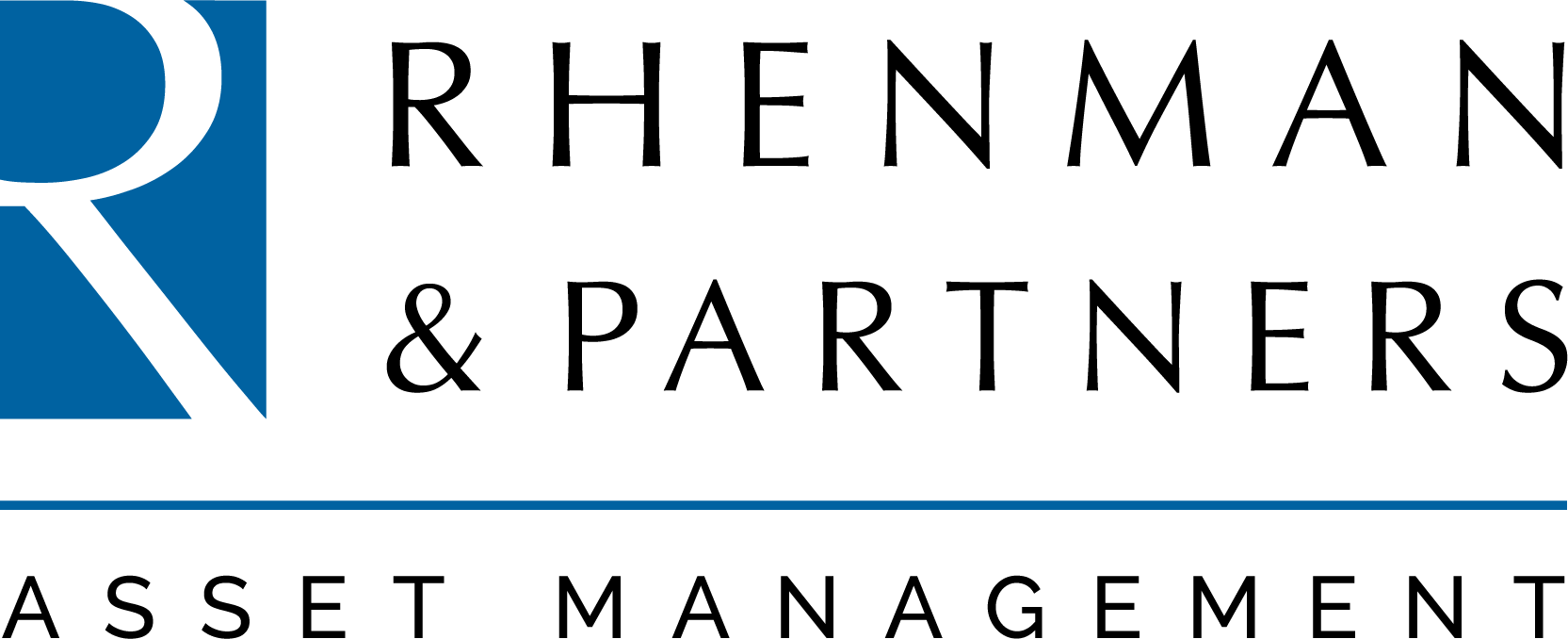Monthly summary – April
Rates and geopolitics versus earnings! Following five months of positive equity market returns, April turned out to be a somewhat harder month to navigate. The hopes for fast upcoming cuts from central banks were again dashed by stickier inflation, especially in the US, leading to yet another delay in when it could be expected. At the beginning of 2024 the expectation was half dozen cuts, this expectation has been reduced to one or two cuts, or maybe none at all.
Weaker than expected growth
Towards the end of the month, GDP- and PCE-figures were released. These showed weaker than expected growth combined with higher inflation; the worst of both worlds for investors, already apprehensive of ‘higher for longer’ interest rates, who were thus even more concerned over the implications of a slowing economy.
Earnings season in full swing
With the earnings season in full swing, outcomes were generally positive as far as profits, revenues and outlooks were concerned and, on average, better than expected. However, investors’ responses were mixed, to say the least. For example, Tesla, which had fallen more than 40 percent between the beginning of the year and the middle of April, delivered weak earnings, but hopes for a new model range a few years down the line made the stock jump by more than 10 percent, on top of which a visit by Elon Musk to China added another 15 percent. On the other hand, Meta (Facebook) delivered better than expected earnings but said that its investments in Artificial Intelligence would increase, and the stock fell by double digits. On balance, however, Q1 reports were positively received.
Situation in the Middle East deteriorated
The situation in the Middle East deteriorated further with a tit-for-tat aggression between Israel and Iran. After the Iranian embassy in Damascus, Syria, was attacked, presumably by Israel, Iran retaliated by launching around 300 missiles and drones aimed at Israel. Almost all were shot down by the Israeli defense system, aided by the US, the UK and France. Israel responded with a new attack, this time against airbases inside Iran. However, it soon became evident that neither side wanted an escalation of the conflict, and worries about a full-fledged war in the region subsided. Also, negotiations between Israel and Hamas continued with, it was thought, a possible ceasefire expected before too long. The oil price initially rose strongly as supply issues due to the conflict became evident, but later fell back somewhat as the hostilities seemed to calm down.
The US passed a new financial package
The other geopolitical hot spot, Ukraine and the Russian aggression, came into renewed focus as the plea for further aid was finally met when the US eventually passed a new financial package after months of deliberations and political mongering. Otherwise, the Ukrainians, outnumbered both in terms of personnel and munitions, could have faced even more difficulties from the Russian onslaught.
Risk willingness abated in April
After a strong first quarter, risk willingness abated in April, which became the first month with negative returns since October of last year. Again, large swings in FX, not least the strengthening of the US dollar, implied that the outcome varied depending on investors´ base currency. With the exception of energy and utilities, all global sectors fell in April, with information technology and consumer discretionary falling most. Europe outperformed the US and Japan, while Hong Kong posted the best regional return.
OUTLOOK
After five months of growth, April experienced a setback. In the healthcare sector, a half-percent rise in the US 10-year Treasury bond provided particularly strong headwinds for small caps and the smaller biotech companies. The stock markets had a negative month. The fear was that interest rate cuts would be postponed for longer and that growth in the US would start to decline as a result of the high interest rate situation. The concept of stagflation was even raised by some of the most pessimistic forecasters.
Likely a pause
We are more optimistic than that. The decline in inflation has certainly stopped, possibly only temporarily, but nothing we see points to rising inflation. Housing costs are still the largest component of the consumer price index, but these should gradually come down, albeit with a certain delay, based, among other things, on seasonal factors which should now become more favorable. The American labor market is cooling somewhat and wage inflation will probably slow down as a result. According to our assessment, the inflation outlook should look better already in a month or so.
Opportunity to buy quality companies
The reporting season has started well. We look forward to what we believe will be both continued good reports and a more balanced US economy. The European economy also appears to have bottomed out. A minor slump in the stock market can be seen as an opportunity to buy quality companies. Unfortunately, the smaller companies have to wait for an improved environment and for inflation to drop again. Fundamentally, many healthcare companies are doing well, with few exceptions.

